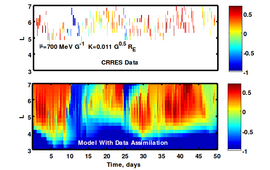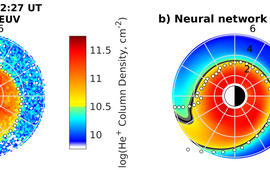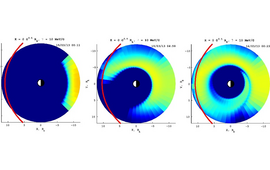Sektion 2.7: Weltraumphysik und Weltraumwetter
Die Folgenden Links sind nur im GFZ-Netz abrufbar (vor Ort oder per VPN-Verbindung). Weitere Infos finden Sie auf unserem WIKI.
Allgemeine Informationen
- Wissenschaftliche Vorträge
- Gesellschaftliche Events
- Foto-Gallery





